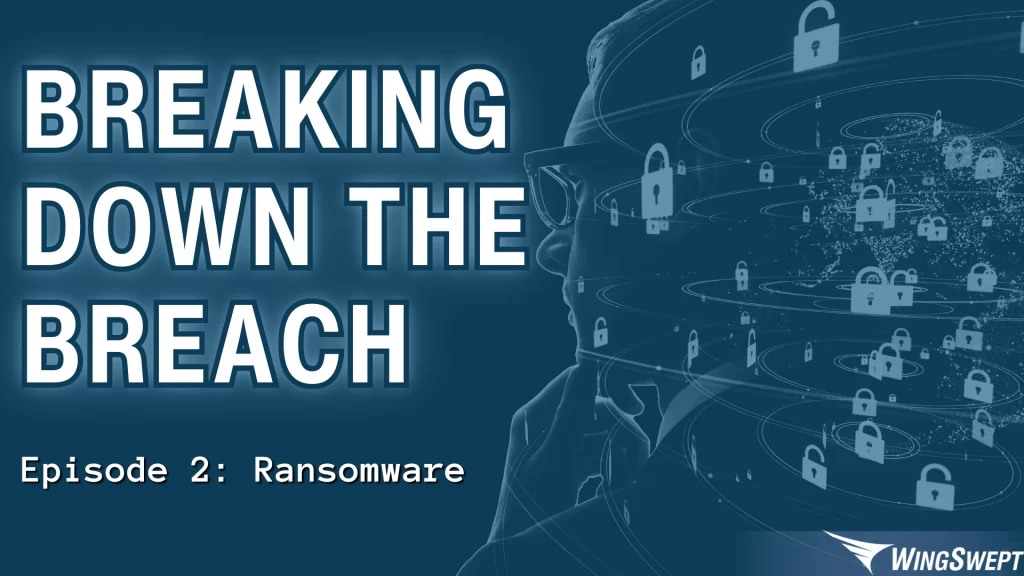Welcome to the second edition of the “Breaking Down the Breach” series. Today, we’ll discuss
a medium-sized company that never expected to be the target of a cyber-attack. This series
highlights how many companies only focus on cybersecurity after an incident occurs,
emphasizing that no company is too small to be targeted.

which was targeted in a ransomware attack. While the attacker’s efforts were ultimately
unsuccessful, the company had to temporarily close multiple business locations while
resolving the issue, resulting in the loss of several days’ worth of profits.
IN THIS ARTICLE
What Happened
Why It Happened
How It Could Have Been Prevented
Key Insights
What happened
A company with dozens of locations connecting to its headquarters’ server via VPNs experienced a significant slowdown. Luckily, a few employees reported service tickets related to the slowdown, prompting action. An investigation revealed that the endpoint protection agent was consuming excessive resources.
Although this issue is typically resolved with routine troubleshooting, it indicates a deeper problem. In response, our team deployed a managed detection and response tool to their environment. The software quickly detected a threat actor, leading to the immediate isolation of endpoints from the internet and server access.
Unfortunately, this suite of tools had previously been deemed unnecessary given their perceived level of risk. Had it been in place, a real-time alert would have unearthed the persistence of a threat actor in their email, along with log data pointing to the source of the breach, what had been accessed, and what specific steps were necessary to remediate the breach.
Why it happened
The breach originated from the compromised credentials of a remote user connected via a VPN. Despite previous recommendations, the organization failed to implement strict password policies with expiration dates, leaving them more vulnerable.
The attacker exploited this weakness by disabling their antivirus protection software on their server and replacing it with a counterfeit. Their intent was likely to deploy ransomware, but their efforts were thwarted at the reconnaissance stage.
How It Could Have Been Prevented
Understand You Are a Target
This business had robust business practices in place and thought the threat of a compromise was minimal, which in fact made them even more of a target for bad actors.
Enforce Strict Password Policies
Implementation of organization-wide password policies, including regular updates and multi-factor authentication, could have prevented the initial compromise of credentials.
Enhance Security Awareness
Training employees on recognizing phishing attempts and verifying critical requests through secure channels could have prevented fraudulent access.
Advanced Detection Tools
Proactive deployment of managed threat detection software, even without additional services, proved crucial in detecting and isolating the threat early.
Employ Geo IP Filtering
Restricting access based on geographic location could have prevented the attacker from gaining unauthorized access to the network.
Key Insights
The weakest link in your information security chain is often your users. Your employees, team members, and even family members are primary targets for cyberattacks. They are the most likely to inadvertently click on malicious links, open infected attachments, or unknowingly share their passwords.
Also, improving password security is crucial for bolstering your overall defense against cyber threats. Strengthen your password security by implementing additional measures like multi-factor authentication, access controls, and setting expiration dates for passwords.
This incident underscores the critical importance of proactive cybersecurity measures. No organization is immune to cyber threats, and robust defenses are essential. Stay tuned for more insights and strategies to fortify your cybersecurity posture in an ever-evolving digital landscape.
